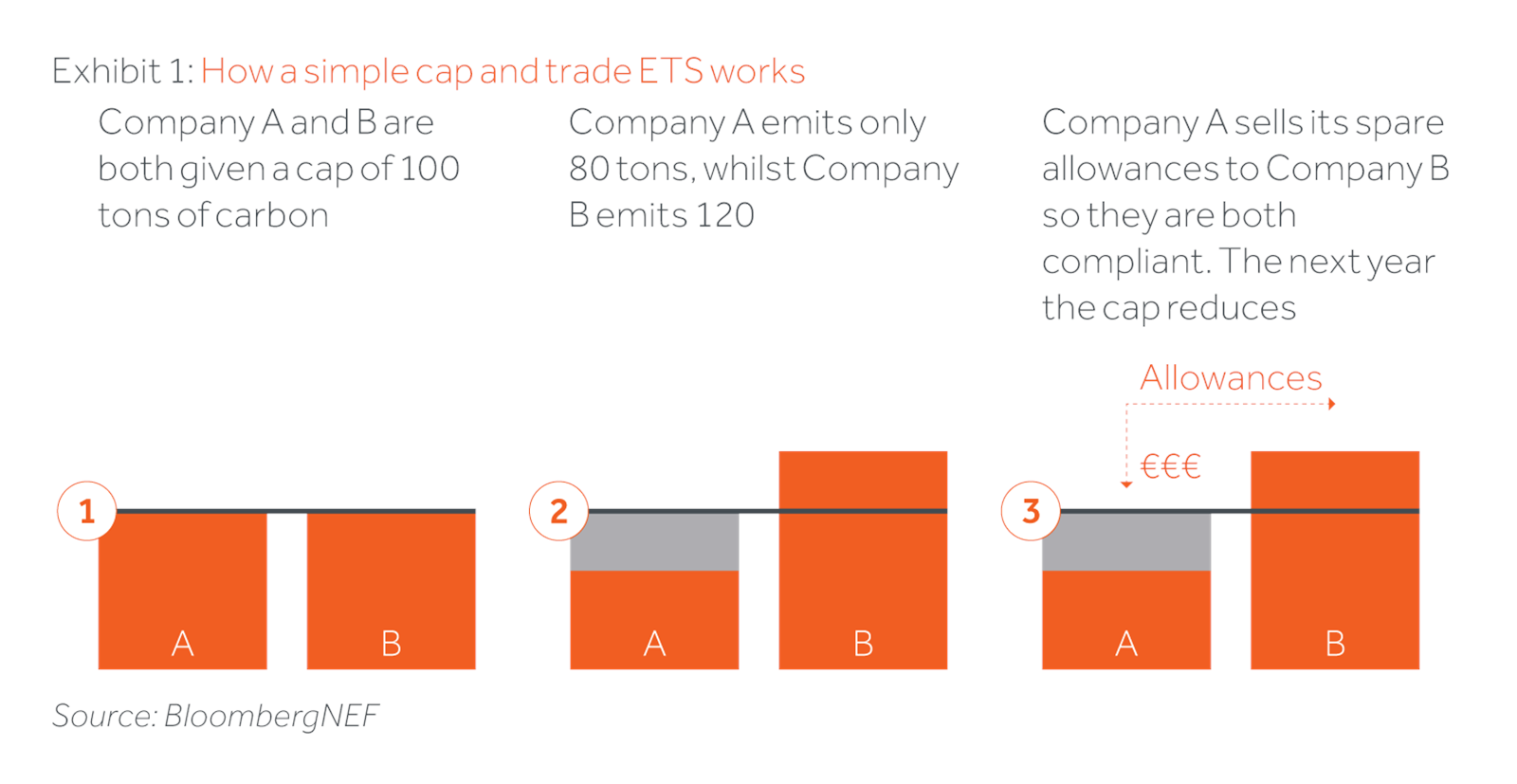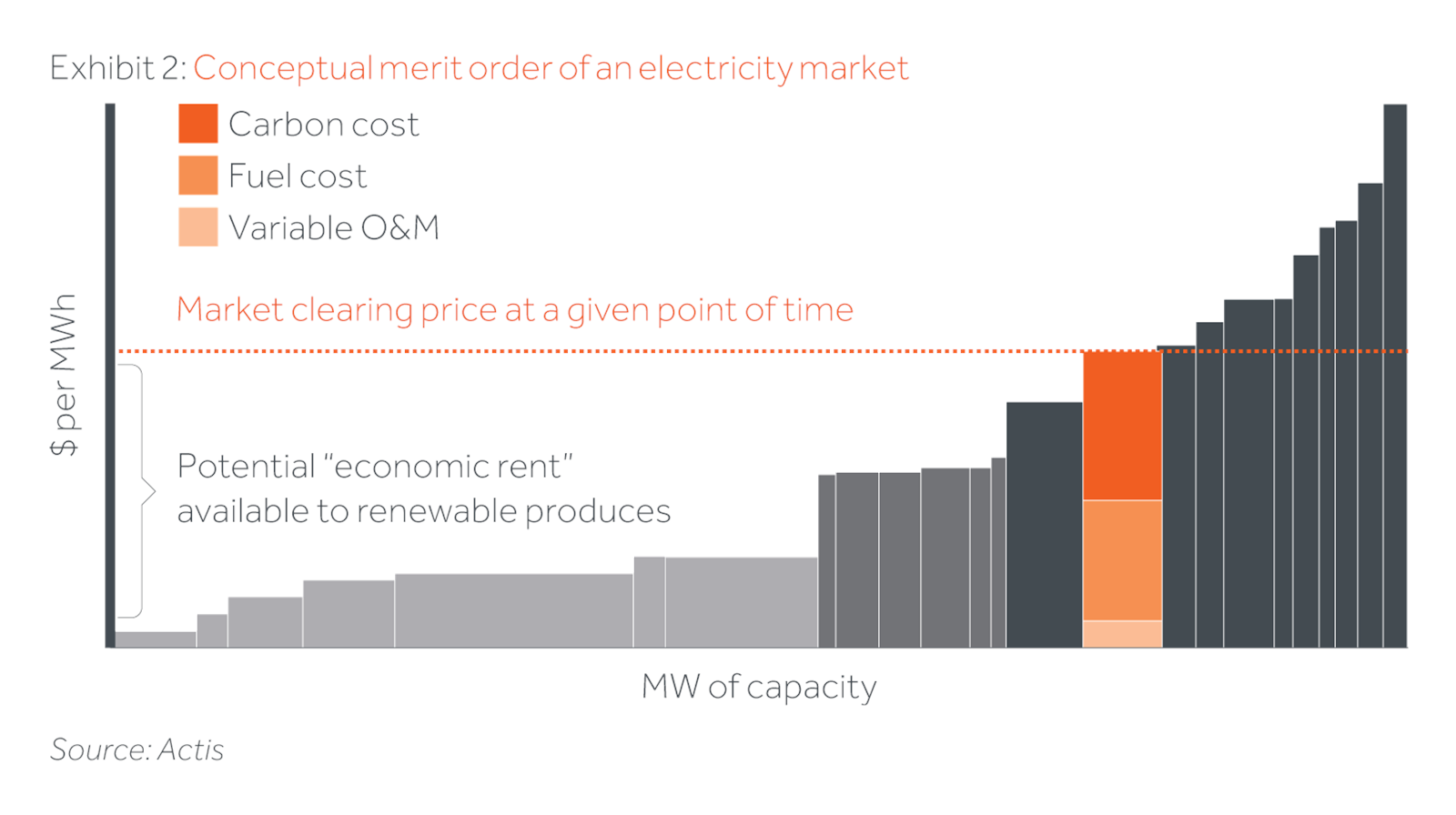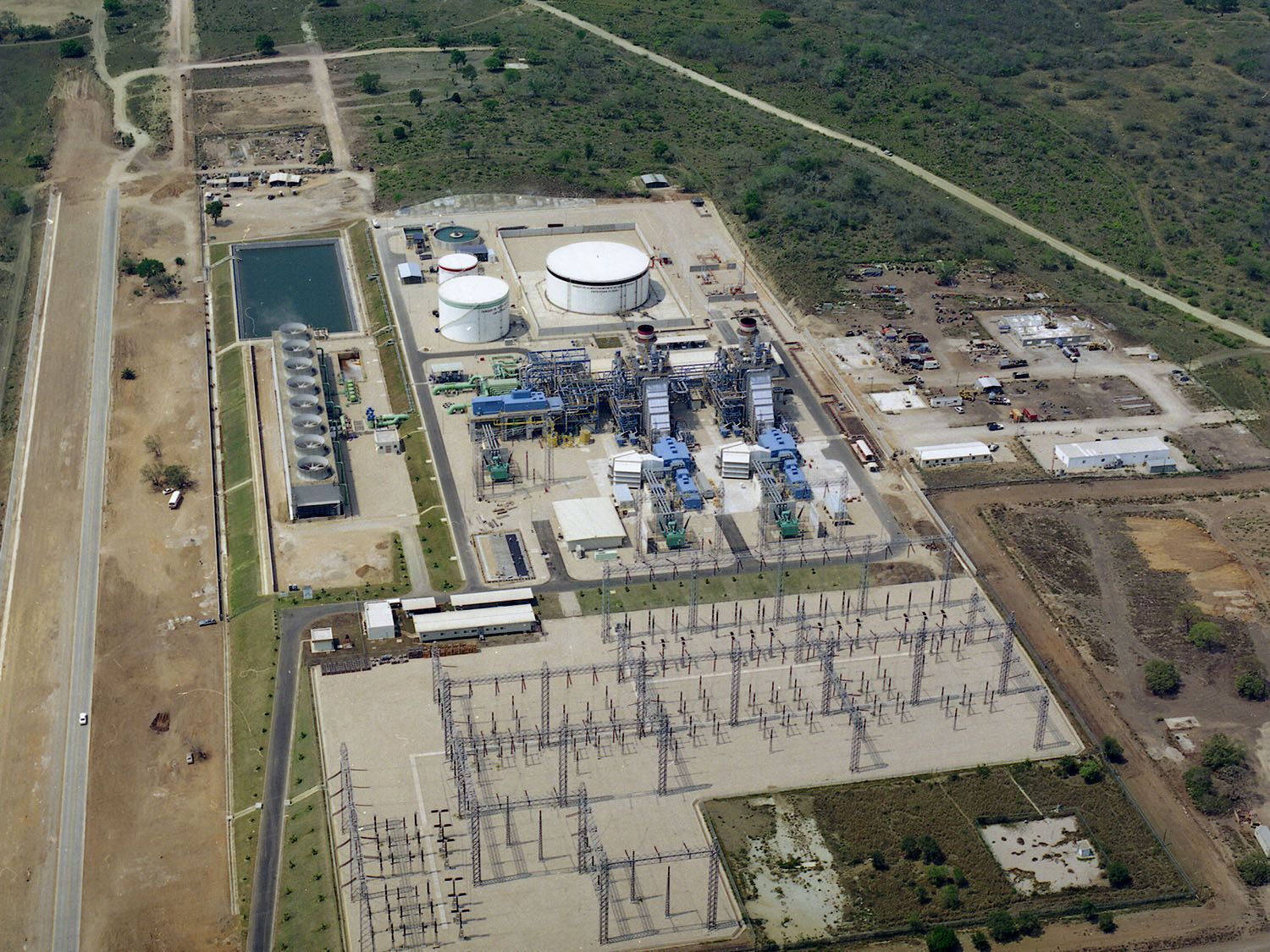Over the past year carbon pricing has become an increasingly relevant topic of international policy debate. China launched their mechanism in July 2021, the EU is in the process of ‘super-charging’ their 15-year-old Emissions Trading Scheme (ETS) and the UK, host of this year’s COP26, launched their own standalone scheme in May.
These moves are prompting policy makers globally to re-consider whether such schemes should take more prominent roles in their own climate agendas. IMF studies argue convincingly that the greatest incentive for energy transition is a function of charging for carbon at a rate that encourages innovation. We agree.
How do emissions trading schemes work and why do they matter?
TS mechanisms seek to overcome market failures by pricing negative externalities (costs to society as a whole, not borne by individual agents) which would otherwise be ignored by the market.
The intention behind this is to create a financial incentive for economic activities to shift away from carbon intensive activities to more efficient alternatives which do not need to pay such a high carbon price. Over time the total supply of allowances to emit can be reduced thus driving the targeted outcome.

How “fit for 55” is changing things
Policy amendments under negotiation between the European Commission and EU member states introduce two key changes which could have profound global consequences:
- they expand the scope of the scheme to include new sectors such as transport; and
- they introduce a Carbon Border Adjustment Mechanism (CBAM) which means that imports into the EU would be subject to the same emissions requirements as goods produced within it.
Given the EU’s significant economic clout, if these adjustments do become law, then there will be profound consequences not just for EU states but for their trading partners too.
The adjustments could also have inequality effects, with some regions and countries being much less able to decarbonise than others. As such it is critical that the adjustments are accompanied by wealth transfers to mitigate such a risk.
For now, China’s scheme is less ambitious, covering only the electricity sector (just as earlier phases of the EU’s mechanism did) and commensurately carbon was recently trading on the Chinese exchange at 13% of prices being seen currently in Europe, as reported in the FT.
However, if Beijing chooses to strengthen their mechanism the global impact of carbon pricing will be even greater.

Relevance for Actis sectors should carbon pricing be adopted / expanded
At the time of writing few of Actis’ markets have adopted ETS mechanisms; however, should the political momentum behind ETS mechanisms continue and our markets adopt such mechanisms, it is likely that our sectors will be positively impacted.
For instance, the advantage that our renewables investments have over thermal will accelerate, our hotels would be more incentivised to decarbonise and the competitive position of our data and logistics centre investments will be strengthened.






